A fish with a transparent head
Here are some amazing once in a life time picture collection of sea creatures..Truly amazing..
The world's oceans cover two thirds of Earth's surface. There are many animal species virtually unheard of since the depth were they are located it makes it impossible for people to document them. The deep sea is about 78% of the planet's inhabitable volume, fascinating people all over the world about rare or unknown sea creatures.
Modern research has shown that, despite the pitch-blackness of the water, the freezing cold, and the crushing pressure, some amazing and bizarre creatures have adapted to life in the depths of the sea.
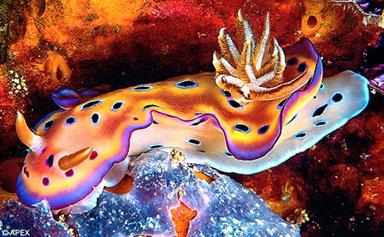
A real slugger: This Indonesian sea slug has exposed gills and sensory 'horns', acquiring vivid colours from reef life it devours
The world's oceans cover two thirds of Earth's surface. There are many animal species virtually unheard of since the depth were they are located it makes it impossible for people to document them. The deep sea is about 78% of the planet's inhabitable volume, fascinating people all over the world about rare or unknown sea creatures.
Modern research has shown that, despite the pitch-blackness of the water, the freezing cold, and the crushing pressure, some amazing and bizarre creatures have adapted to life in the depths of the sea.
Not described by science until only 20 years ago, the giant stingray is believed to be the largest freshwater species in the world. The fellow above is about 13 feet in diameter and was photographed in Cambodia's Mekong River. It has been known to pull small boats along the river. I would imagine that the habitat of these amazing rays will be threatened as humans continue to exploit freshwater resources. You can read more about this creature below.
Somewhat rare, deep water "living fossil" with primitive morphology, such as a fixed upper jaw. The species reportedly feeds in caves or crevices and may have the longest known gestation period of any animal (3.5 years).
Photographed alive in Japan, January 2007.
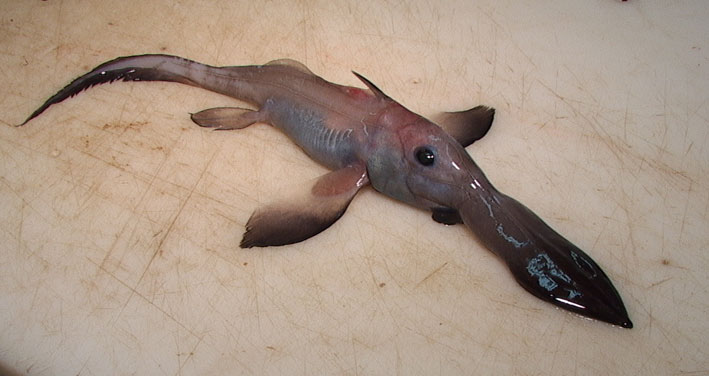
March 16, 2008 - Long-nosed chimaera (rhinochimaeridae) You probably remember the name from Greek mythology, Chimera is a fire-breathing female monster with a lion's head, a goat's body and a serpent's tail. Today, Chimera is a deep-ocean relative of sharks and ray, being often referred to as a ghost shark. Even though it is not as threatening as its fellow shark, the chimaera has a spine on the back that is highly toxic. A drop of venom can kill a man, but this case is highly unlikely since they live at depths of 8,000 feet.March 27, 2008 - Giant starfish from Antarctic waters
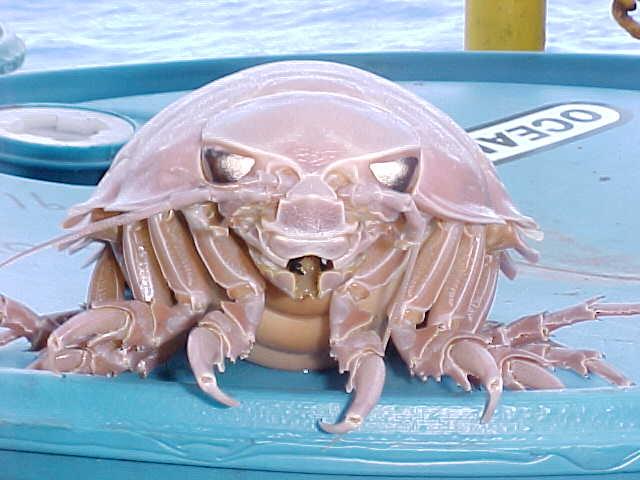
March 09, 2008 - Bathynomus giganteus-http://en.wikipedia.org/wiki/Bathynomus_giganteus
Another shark makes the list of the most peculiar sea animals. The Goblin shark is extremely rare, found only in deep water off Japan, South Africa, or Portugal. It has a very unusual snout, very pointed and flat. It is found in depths of about 3,940 feet (1,200 m) and believed to be harmless. Scientists think the snout's main purpose is to help the shark find food in deep, dark waters. There is little to be said about the shark since it has rarely been seen by humans and little data is recorded.
Described as one of the deadliest of all sea creatures, this type of jellyfish is famous for having an amazing defensive mechanism: it has 60 tentacles, with a length of up to 10 feet, packed with thousands of stinging cells that are activated when they touch the human skin. They deliver such an excruciating pain that the person attacked goes into shock and drowns. Their venom is considered to be among the most deadly in the world, containing toxins that attack the heart, nervous system, and skin cells.
With a huge mouth and large tail used to catch its prey, this eel is one of the most bizarre looking creatures in the sea. Their wide jaws and elastic stomach make it possible for the eel to swallow fish bigger than them. They live at about 10,000 feet beneath the sea and can grow up to 80 cm in length. Usually found in all of the world's oceans at depths ranging from 3000 to 6000 feet, this eels have been brought to surface in fishing nets with their long tails tied into several knots.
This is the smallest sea horse in the world, reaching at maturity the size of a grain of rice. It is tiny, rarely reaching 15mm in length. There are very few things known about this seahorse, but scientists discovered that they eat the same zooplankton as the seafans that they inhabit. Still, seahorse numbers are diminishing, since they are used to treat sexual dysfunctions or consumed in Asia, roughly 45 tons of dried seahorses annually.
Probably more common than the rest of the other sea animals in the list, the tube-like creatures have a very important role in fighting the negative effects of global warming. It has been discovered that salps feed on the carbon-dioxide soaked algae from the oceans. Scientists that made this discovery are planning on increasing the algae-eating salp population in the world's oceans by boosting its food supply. According to their estimations, sequester nearly a third of manmade CO2 annually.
This fish has apparently been known for some time, but its unusual ability to rotate its eyes within its transparent head to look at objects above it was only recently reported in the journal Copeia in late 2008. This adaptation is likely due to the dark environment in which this fish lives. You can read more about this fish here.
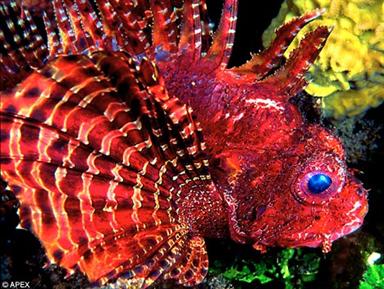
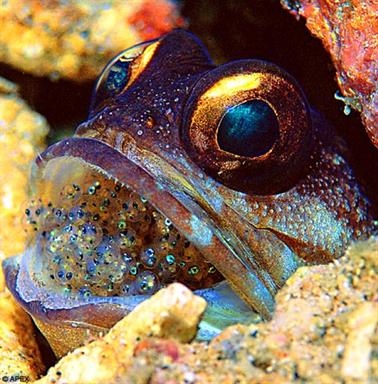
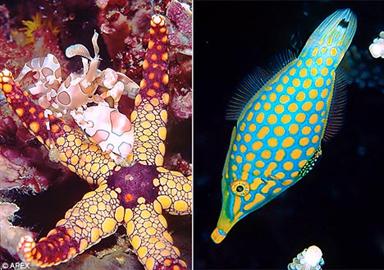
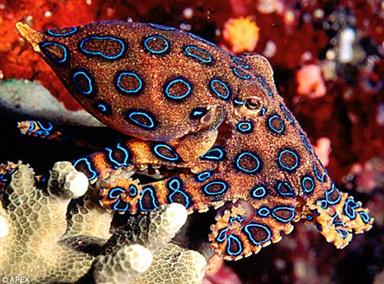
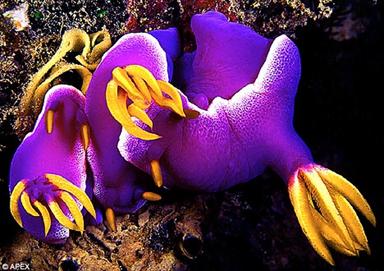
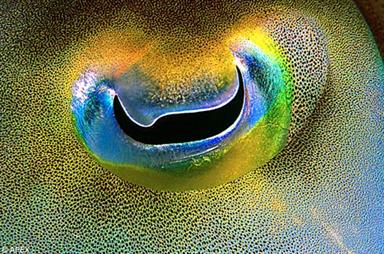
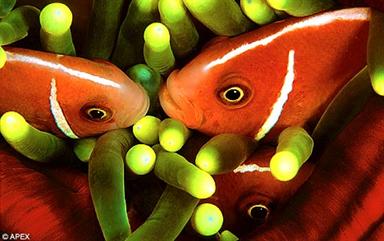
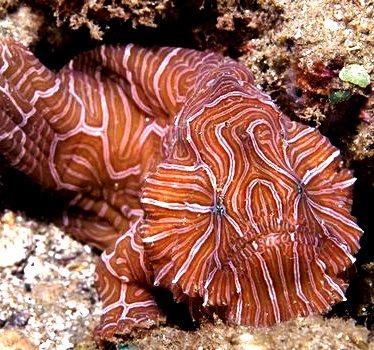
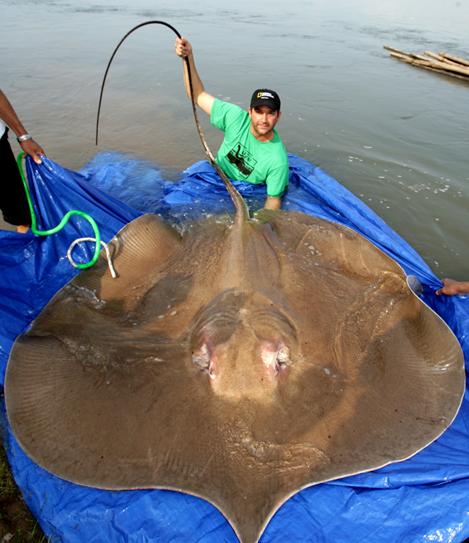
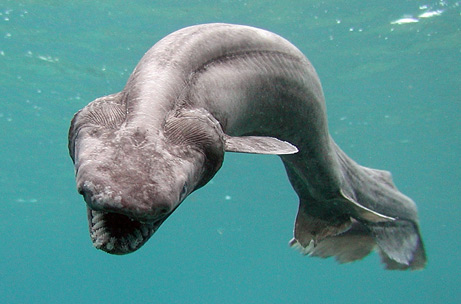
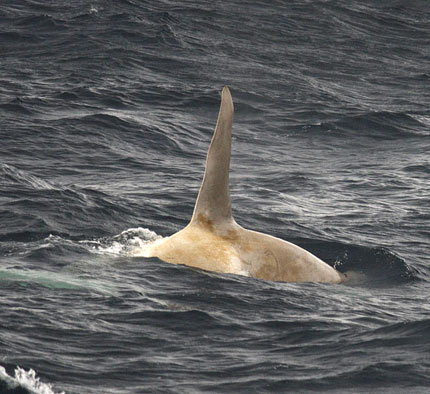
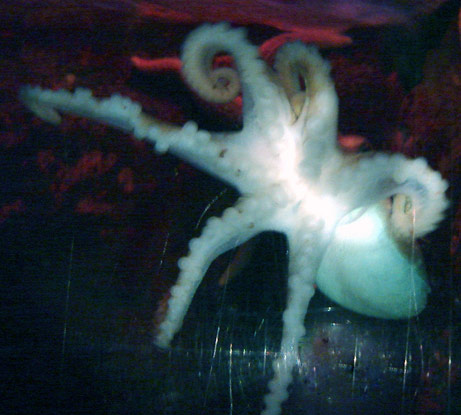
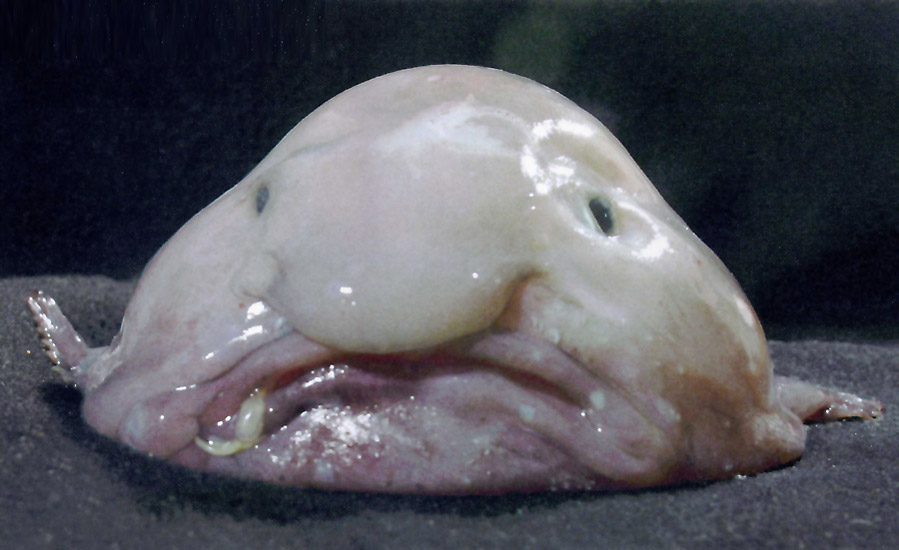
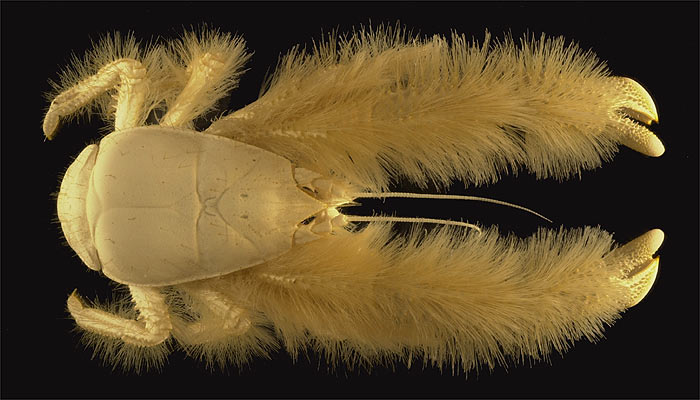
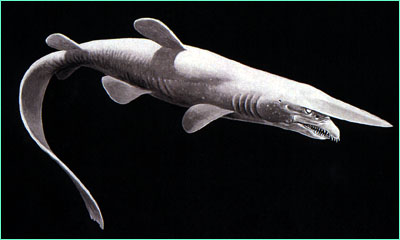
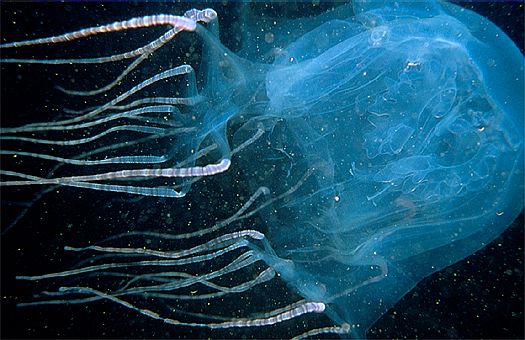
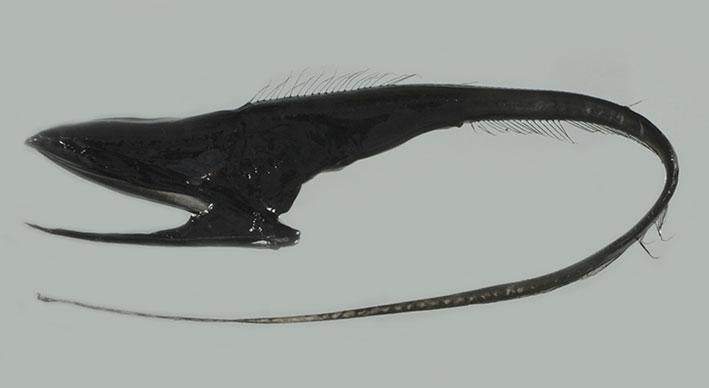
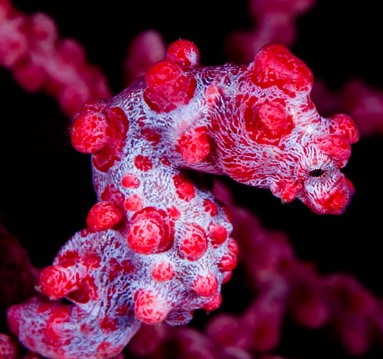
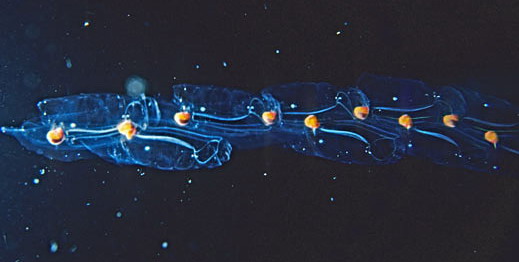
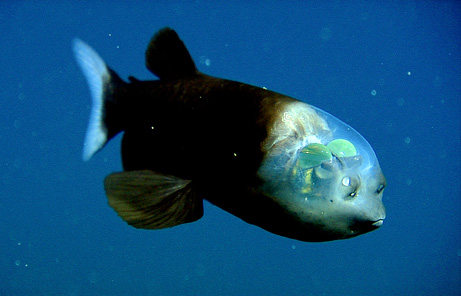
No comments:
Post a Comment